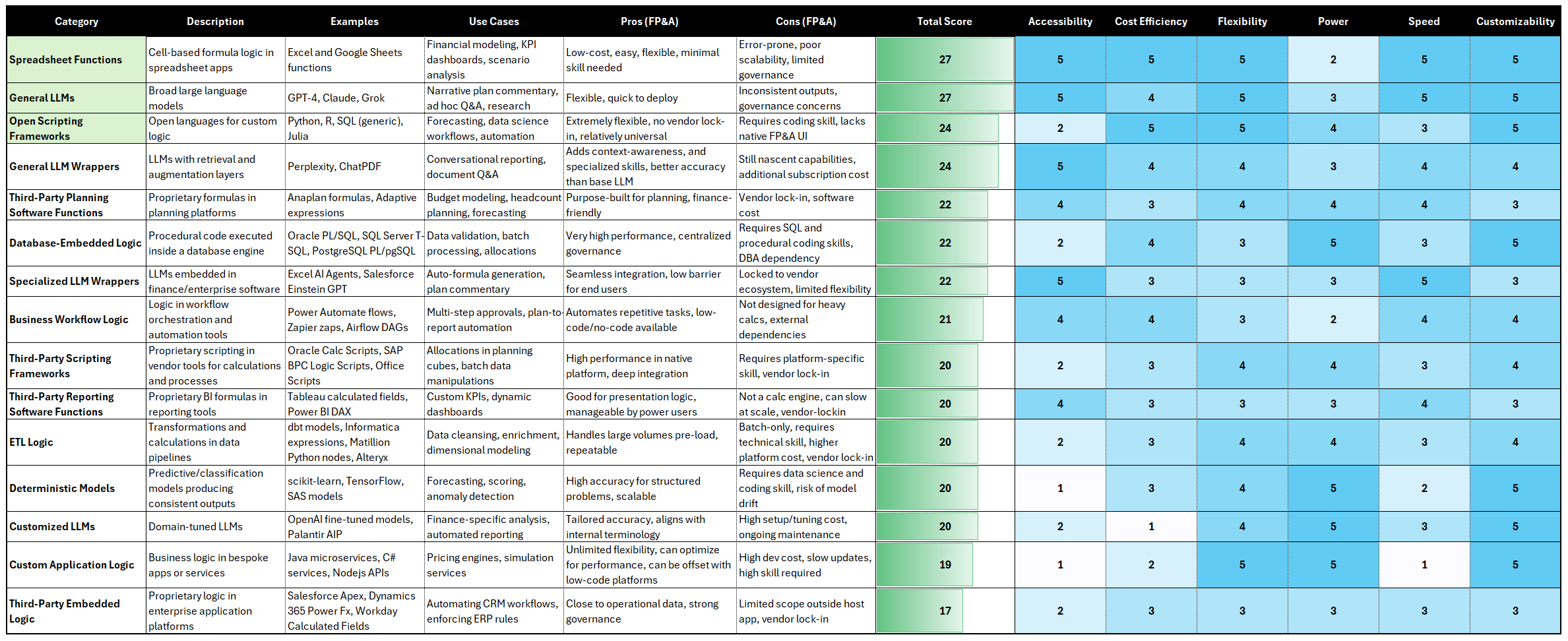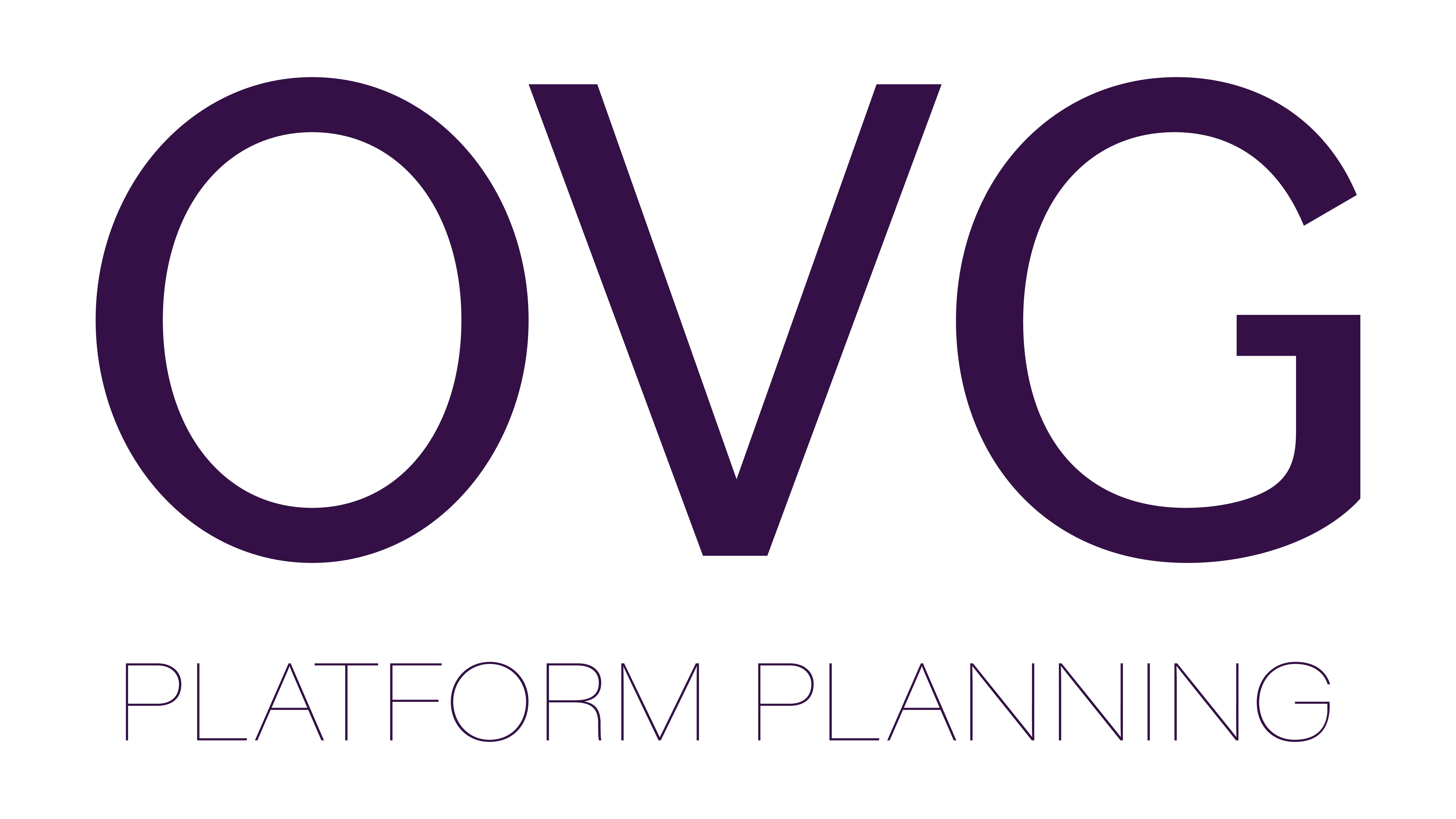What to consider when choosing a new CPM / EPM solution

At OVG, we are familiar with a variety of technology providers to ensure that our clients have access to the right solution for their business. With many new entrants to the planning sphere, it’s critical to consider your organization’s context when selecting a tool.
Here are a few things to keep in mind:
• Learning Curve: some solutions are powerful but require more time upfront to learn how to utilize them effectively. Does your team have the bandwidth and mindshare to ramp, and do you have the appropriate resources to learn from? If not, are you willing to invest in outside help? Consider this carefully especially if your organization runs lean.
• Enterprise Architecture Roadmap: there are pros and cons to a) a more centralized approach where one platform covers many use cases vs. b) a decentralized approach where each team uses best of breed solutions and integrates them. Consider your context and don’t pay for a full-service platform when you only need a point solution.
• Service: customer service models are vastly different between different providers and the relative size of your organization and relationship make a big difference. You may find yourself relegated to a mature product with only outsourced call center support or experience high service levels but an immature product. Try to find a technology partner who will deliver on both for you.
• Community: many technology providers will keep their product under tight control, only letting you see under the hood after you buy the product, and restrict the community to a small group of consulting partners. This limits transparency and sharing of reliable information between experts. Others offer free or trial access to their platforms and have active communities where information is shared more openly. The latter is more customer-centric, and we hope that this approach becomes more prevalent in the enterprise software space.
• Pricing: costs vary widely for a planning initiative, including software licenses and add-ons, advisory and implementation services, and specialist FTEs (which are often not considered in advance). Will your organization realize a sufficient ROI in terms of time savings, expanded financial insights, and more collaboration? Also be mindful that with resources either internal or external you usually get what you pay for.
• Risk: especially with so many new entrants in the market, the harsh reality is that some won’t be here in three years. There can be great benefits from making a bet on a new offering - favorable pricing, white-glove service, product influence - but consider the potential downsides when going with an early-stage startup.
Buying a planning solution is like buying a house or car. There are many factors to consider and what fits for someone else may be completely different from what fits for you. You may not want to buy a Ferrari when you only need a Prius to get from point A to B, or you may need a Ferrari to get from 0-60 in under 3 seconds.


















